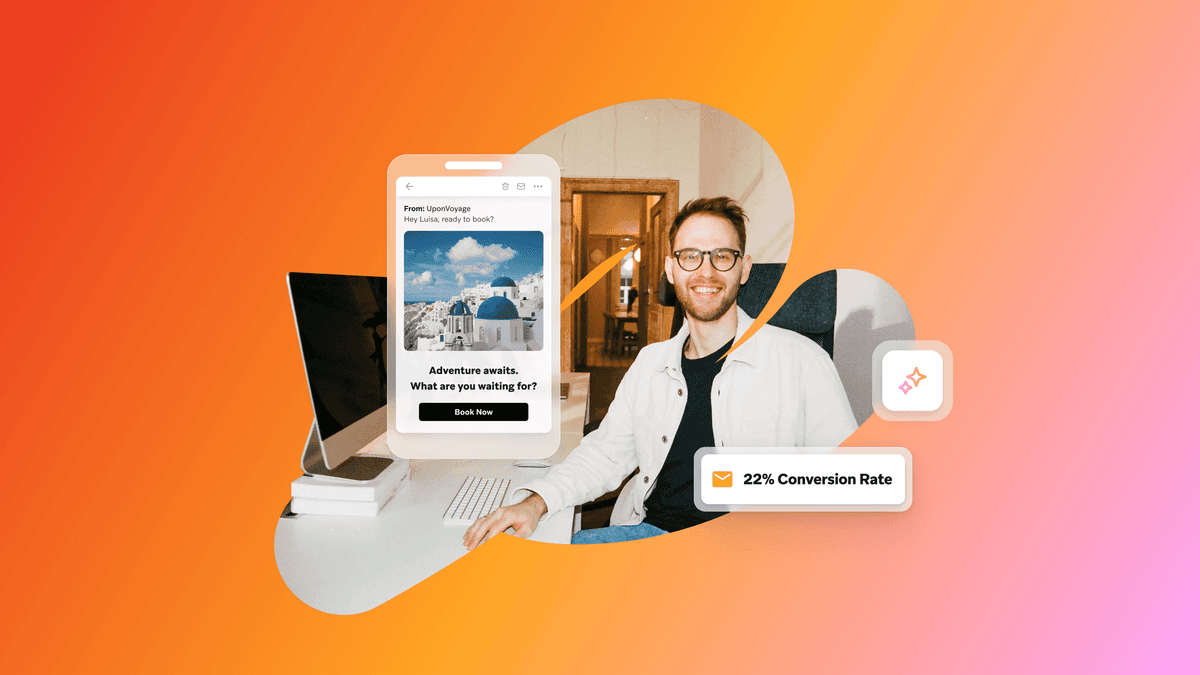How the Right Technology Can Power True Brand Humanity
Published on January 08, 2020/Last edited on January 08, 2020/3 min read


Madison Gardner
Content Marketing Lead, BrazeIn the first Brand Humanity study, Forrester found that consumers want brands to communicate with them in ways that feel human, and when brands succeed, they’re rewarded with their customers’ purchases, engagement, and loyalty. The findings were so impactful that we decided to commission an update—this time, including a survey of 1,617 marketing decision makers to explore their experiences on the topic.
With this year’s extended and updated data, the 2019 Brand Humanity Study’s key findings include:
- Consumer demands for human communications are still rising.
- Brands must start their human communication journey with customer empathy and insights.
- More companies are investing in powerful technology to capture the key business and customer benefits of human connection.

Comparing the most important emotional drivers year to year illustrates that while the top characteristics are intertwined, showing your brand is listening needs to be the first step.
Beyond the emotional factors, Forrester looked at the functional characteristics of the actions brands can take to demonstrate that they can speak to human beings like, well, human beings. These actions fall into three primary categories—natural, considerate, and personal communication:

While natural, considerate, and personal communication are still central to Brand Humanity, it’s important to note that this year’s study found that personalization is now taking a more central role.
So How Does Brand Humanity Increase Engagement?
If you treat people like people, not only will they like you, but they’ll show that they like you. To dig deeper into what that process can look life in real life, Braze investigated a number of customer engagement tools and tactics that can support brand humanity at scale and analyzed our data to demonstrate just how effective this approach can be.
We found that action-based and API-triggered campaigns have higher conversion rates than traditional, scheduled campaigns. Action-based and API-triggered campaigns personalize messaging to:
- Be responsive to user behaviors and preferences
- Communicate at the right/most convenient times
- Provide great recommendations based on the user’s actions (e.g., leaving an item in cart)

Furthermore, personalized campaigns—which can be as simple as calling consumers by name instead of “Hello, user”—perform far better than less personal, less relevant campaigns. This supports the idea that consumers prefer brand experiences that feel personal and use natural communication.

Beyond liquid personalization, more advanced features like Braze Connected Content can be used to make your brand interactions more personal, helpful, and considerate by providing real-time, targeted recommendations based on a user’s previous behavior or interests. These efforts also dramatically increase engagement:

Connected Content allows brands to insert any information accessible via API directly into messages they send to users. That can include data from both your brand’s proprietary servers and public APIs, such as news or weather APIs.
Next Steps
Year over year, it becomes ever more clear how central brand humanity is to creating relevant, memorable experiences for consumers. Brands that listen and understand their customers—then act on that information—will develop long-lasting relationships with those customers.
To learn more about Brand Humanity and what brands need to do to meet rising expectations, download the study.
Methodology
This analysis spans approximately 534 billion messages sent over the past two years, from 10/01/17 to 10/01/19. We used the aggregate engagement rate (total opens/clicks/conversions over total messages delivered or unique recipients, depending on the metric) across 754 number of companies.
Related Tags
Be Absolutely Engaging.™
Sign up for regular updates from Braze.
Related Content
View the Blog
Data-Driven Personalization Heralds a New Era of eCommerce with Braze and Shopify

Ankit Shah

Email campaign best practices: The ultimate guide to being a successful email marketer

Team Braze

April 2025 Bonfire Marketer of the Month: Neighborly’s Kayla Upton
